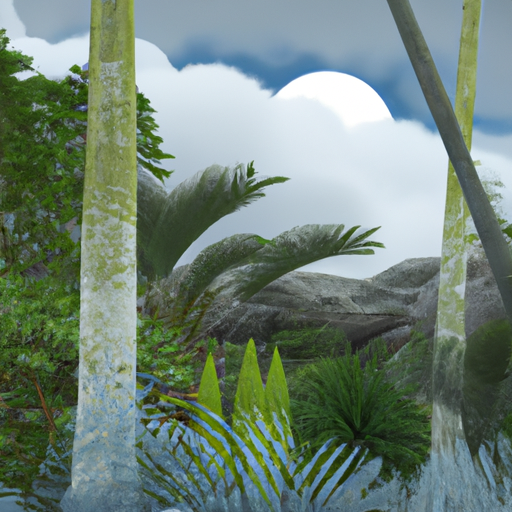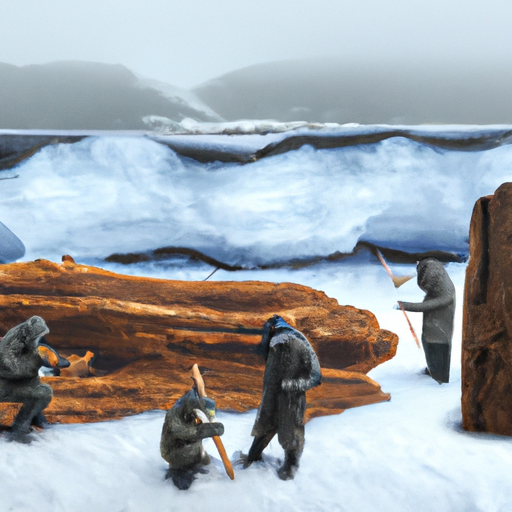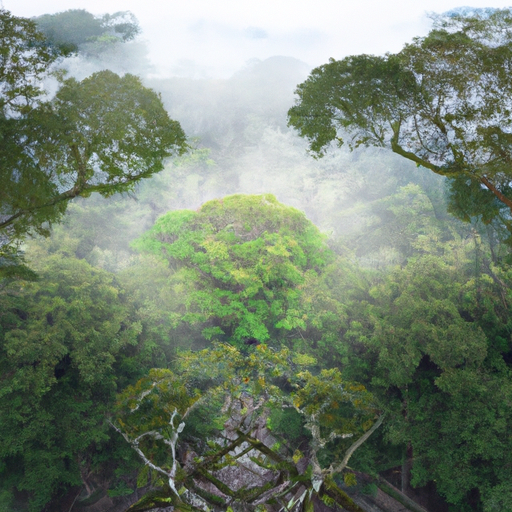Scientists have uncovered remarkably preserved remains of an ancient forest buried beneath Antarctic ice, dating back 90 million years. The discovery provides unprecedented insights into Earth's climate during the Cretaceous period. This finding suggests Antarctica once supported a temperate rainforest ecosystem with average temperatures around 20°C.

In a discovery that has stunned the scientific community and revolutionized our understanding of Earth's climate history, researchers have unearthed the remarkably well-preserved remains of an ancient forest beneath the Antarctic ice, dating back to the mid-Cretaceous period. This extraordinary finding, made possible by advanced ice-penetrating radar and careful excavation techniques, offers unprecedented insights into our planet's past climate conditions and raises important questions about current climate change trajectories.
The research team, led by paleoclimatologists from multiple international institutions, discovered the forest remains during a deep-ice coring project near the South Pole. The recovered samples include fossilized wood, pollen, and even preserved leaves, providing a detailed snapshot of a dramatically different Antarctic environment from roughly 90 million years ago.
Analysis of the recovered materials reveals a complex ecosystem that once thrived in what is now one of Earth's coldest regions. The forest contained a diverse array of plant species, including conifers, ferns, and flowering plants that would have been similar to those found in modern-day New Zealand. Carbon dating and geological analysis confirm these remains date to a period when Antarctica was still connected to Australia as part of the Gondwana supercontinent.
Dr. Elena Rodriguez, the project's lead researcher, emphasizes the significance of this discovery: "What we've found is essentially a time capsule of Earth's climate history. These forest remains tell us that Antarctica once supported a temperate rainforest ecosystem with average temperatures around 20 degrees Celsius, even during the darkest winter months."
The preservation of the forest remains is particularly remarkable, with cellular structures still visible under microscopic analysis. This level of preservation has allowed researchers to conduct detailed studies of ancient atmospheric conditions through analysis of carbon isotopes in the plant materials.
One of the most surprising findings is evidence that this ancient forest thrived despite experiencing months of complete darkness during winter, suggesting the plants had developed unique adaptations to cope with extended periods without sunlight. This challenges previous assumptions about plant survival in polar regions during the Cretaceous period.
The research team has also discovered evidence of ancient soil compositions that provide crucial information about precipitation patterns and nutrient cycles during this period. Analysis suggests rainfall levels were significantly higher than previously estimated for this region during the Cretaceous, with annual precipitation potentially exceeding 2000 millimeters.
The implications of this discovery extend far beyond paleontology and climate science. Understanding how Earth's climate could support such dramatic variations in temperature and ecosystem distribution provides valuable insights for climate change modeling and predictions.
Dr. James Harrison, a climate scientist not involved in the research, notes: "This discovery forces us to reconsider our models of climate change and global warming. If such dramatic changes occurred naturally in Earth's past, we need to better understand the mechanisms that drove these transformations."
The research has also yielded important insights into the rate of climate change possible in Earth's systems. The transition from temperate forest to ice sheet suggests that significant climate shifts can occur more rapidly than previously thought, though still over geological time scales.
Further analysis of the forest remains continues to reveal new details about ancient atmospheric composition, helping scientists better understand the relationship between greenhouse gas levels and global temperature patterns throughout Earth's history.
The discovery has sparked renewed interest in Antarctic research, with several international teams planning new expeditions to explore other potential sites of preserved ancient ecosystems beneath the ice. These efforts could provide additional pieces to the puzzle of Earth's climate history.
As climate change continues to affect our planet, understanding these ancient climate variations becomes increasingly relevant. The ancient Antarctic forest provides a vivid example of how dramatically Earth's climate can change and offers valuable lessons for predicting and preparing for future climate scenarios.
The research team plans to continue their analysis of the recovered materials, using advanced techniques such as DNA sequencing to better understand the genetic adaptations that allowed plants to thrive in these unusual conditions. This ongoing work promises to yield even more insights into Earth's fascinating climate history.



